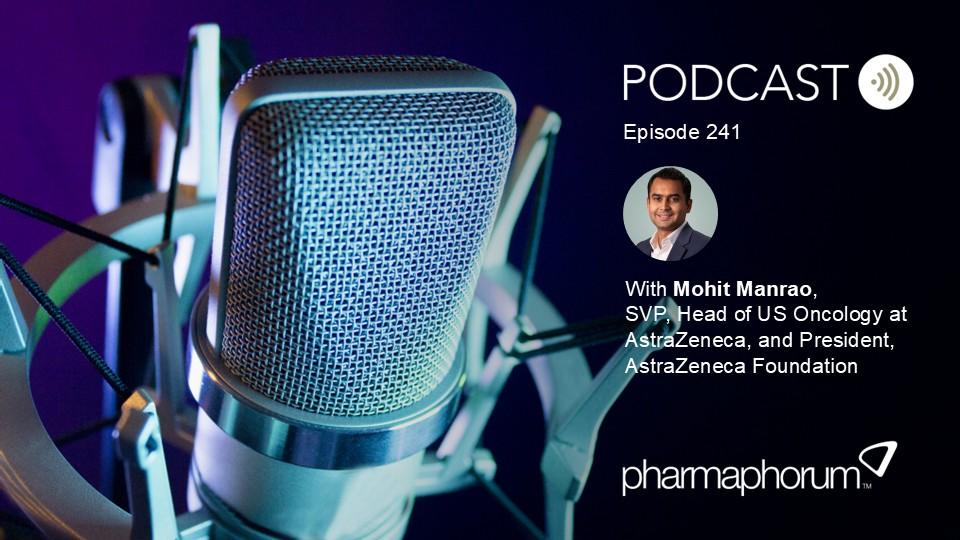To share or not to share... The challenges for doctors around patients' notes

Many patients now have the right to access their health records and doctors' notes, but what are the pros and cons? Are there instances where such information sharing could be detrimental?
Knowledge is power. This simple idea is pervasive throughout our society, embodied by legislation like the US Freedom of Information Act, which allows the declassification of formerly top-secret documents. Recently, this idea has spread to healthcare, with patients demanding access to that which used to be considered physicians' property: their own personal health records and doctor visit notes.
In principle, this is a very good thing. But it does raise a pointed question: are there any situations where such knowledge sharing isn't a good thing?
The US Health Insurance Portability and Accountability Act has afforded patients the 'right to access', which covers patients' rights to view their records, obtain a copy of their records, or request their records to be sent to someone else. Access to medical records and patient visit notes is starting to become easier. Many healthcare systems are using electronic medical records and are providing portals for patients to access their own records. In addition, some insurance companies are also offering access to patients' files in an attempt to ensure the companies have as much accurate information as possible on the patients included in their plans.
The US OpenNotes programme is also encouraging another layer of transparency. This started in 2010 with a trial in which 100 primary care physicians in three healthcare systems (Beth Israel Deaconess, Geisinger Health System in Pennsylvania, and Harborview Medical Center in Seattle) asked 25,000 patients to read their patient visit notes. The programme is focused on physicians sharing the notes with patients at the end of each visit in an effort to improve the dialogue between patients and physicians.
According to the OpenNotes website, there are now 17 institutions using it.
There are several potential benefits of sharing visit notes with patients, including: 1) catching errors before they become part of the permanent record, 2) reinforcing the treatment plan, 3) emphasising the need for prescription medication and 4) revealing doctors' judgments on patients.
The last of these is the one that seems to cause the most controversy. There is a concern that some doctors may censor their notes before they enter them in the medical record for fear that the patient will not like what the doctor wrote. If this 'censoring' occurs, it could have a negative impact on patient management as the medical record may end up missing something.
There is also concern that patients may try to find a different doctor if they do not agree with how their physician has 'judged' them. For example, maybe something the patient said has caused the doctor to conclude that they may not be taking their medications as directed, even though they said they have.
In oncology, the sharing of information with patients has the potential to be more complicated. Oncologists are constantly making judgments about how much information to share with their patients and when: Do I tell the patient what their prognosis is? Do I tell them what it means if the tests we are doing are negative? Do I tell them this is the last good treatment option I have to offer? Do I tell them how expensive the treatments are, even with good insurance coverage? These judgments are often based on the oncologist's knowledge of the patient and whether they are ready for the tough conversation that is needed.
So, how are oncologists to use OpenNotes? Do they still share all of their visit notes, including all of the potential information around how bad the disease is, likelihood of success and remaining treatment options? Or do they limit visit notes to a strict reporting of the visit and add in more information afterwards?
This is a tough call. On the one hand, including all of the information in the visit notes could encourage more dialogue between the physician, patient, and caregiver and a deeper understanding of the cancer, the diagnostic tests and the potential treatments. On the other hand, all cancer patients want some hope, even if there is not much to offer. So sharing all of the information with them may lead them to a depressed state, which could have a negative impact on their response to treatment.
In an article published in the New York magazine1, Peter Bach, an oncologist from Memorial Sloan-Kettering, discussed his journey with his wife's breast cancer, which ultimately took her life. During his wife's disease, he was able to see things from the other side of the fence.
He knew the medical team was discussing his wife's case in the hallway just outside her room and not sharing all of what they were seeing in her presentation and her test results. There were times when he agreed with the medical team's decision not to share more information, but there were also times when he explained to his wife what they were actually saying.
A good example is the process of discussing diagnostic test results. For many tumour types, multiple tests are being run on patient samples – blood tests, genetic tests, biomarker tests, staging. The amount of information shared with patients before, or even after, these tests, is highly variable. Many physicians do not want to 'scare' patients before they have a definitive diagnosis. While this is helpful for some patients, others are simply suffering from a different kind of anxiety as their brains are coming up with all sorts of potential medical maladies that would explain their symptoms while they are awaiting word from the doctor.
At the time of diagnosis, physicians share a large amount of information regarding the patient's cancer, which often falls on deaf ears because the patient (and those who accompanied them to the visit) is so shocked by their cancer diagnosis that they cannot really process any of this new information.
Perhaps if patients were fully briefed on what diagnoses the doctor was considering and they had access to their test results, they would have some time to process their diagnosis and be better able to absorb all of the information the doctor presents during their visit.
For patients who are already in the throes of their battle with cancer, why not give them access to their test results in real time? These patients are enduring huge amounts of anxiety as they await their test results, wondering: Is the treatment working? Has my cancer come back?
So far, the results of programmes such as OpenNotes have been largely positive. In 2009, MD Anderson allowed its patients to access their electronic medical records, including visit notes and results from diagnostic tests via a web-based portal2. The patients found it convenient to have online access and to be able to grant permission for others to view their records.
During physician visits, patients could ask more focused questions because they were able to digest the information in their records prior to the next visit.
Patients who took part requested a way to correct inaccurate information and a simple translation of the medical terms used in parts of the record. There were very few complaints from physicians or patients reported.
As with all things in life, there is no right answer. As oncologists, cancer centres, health systems, laboratories and insurance companies ponder whether to share visit notes with patients or, better yet, how to share visit notes and diagnostic results with them, they will need to determine how best to empower patients rather than add undue burden.
References
1Bach, P. The Day I Started Lying to Ruth - A cancer doctor on losing his wife to cancer. New York magazine. May 6, 2014.
2Feeley T W, Shine K I. Access to the Medical Record for Patients and Involved Providers: Transparency Through Electronic Tools. Ann Intern Med. 2011;155:853-854. doi:10.7326/0003-4819-155-12-201112200-00010
About the author:
Mary Dominiecki is a research director at The Planning Shop International in the oncology business unit, with responsibility for design, analysis and management of both qualitative and quantitative assignments with pharma and biotech companies. She has been involved in studies addressing a broad range of marketing problems, including buying process, new concept and product testing, message testing, market segmentation analysis, conjoint analysis, and product usage.
Immediately prior to joining The Planning Shop International, Mary worked in the bio-oncology group at National Analysts Worldwide. Before that, she was a clinical publications lead at AstraZeneca, with responsibility for oncology and diabetes products, and was medical director for an oncology-focused medical communications agency.
Mary has worked closely with both the Multiple Myeloma Research Foundation and the Leukaemia and Lymphoma Society on educational programmes and research summits. She has also taught undergraduate and graduate courses in biology, genetics, immunology, and microbiology.
Mary holds a PhD in Basic Medical Sciences from The New York University and a BS in Biology from The Pennsylvania State University.
Have your say: Is the sharing of medical information with patients the right decision?
Read more from The Planning Shop International:
The risks and benefits of clinical trials in emerging markets










